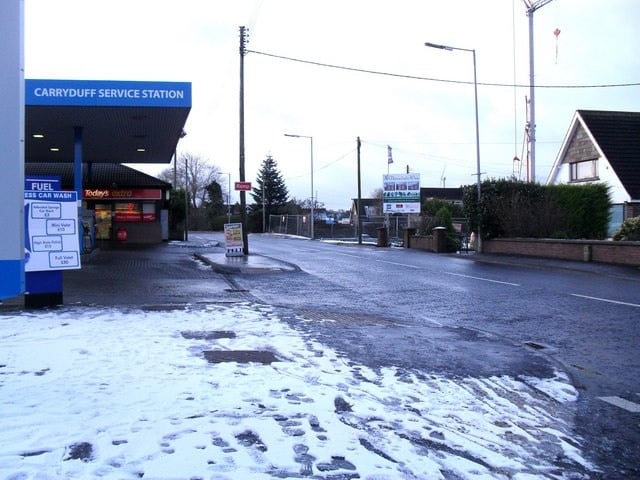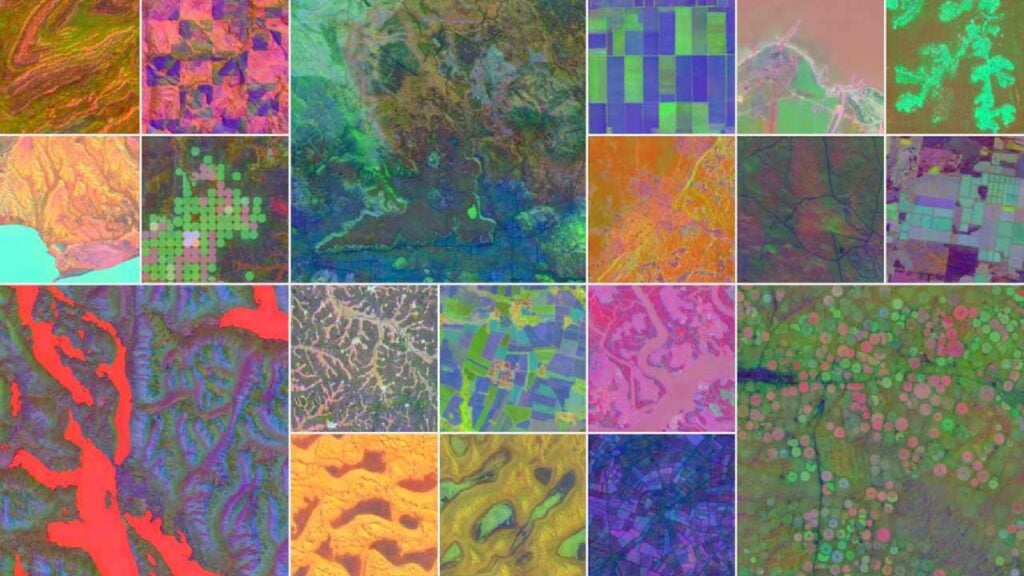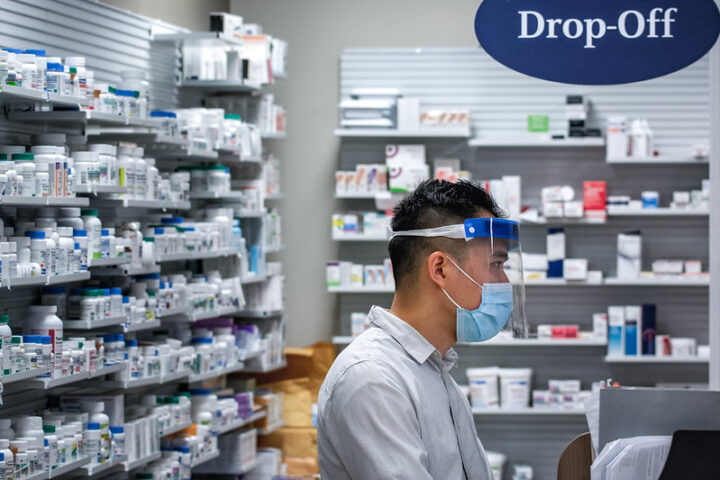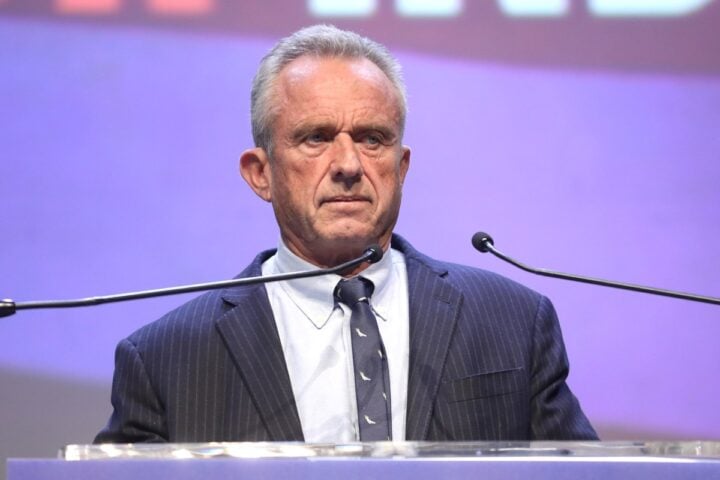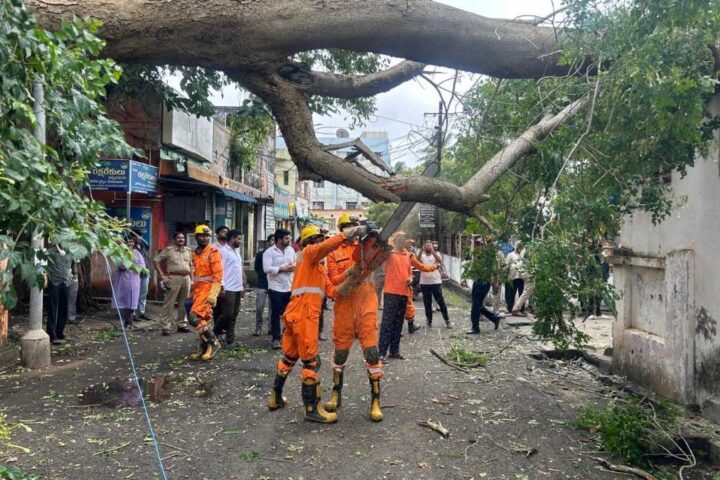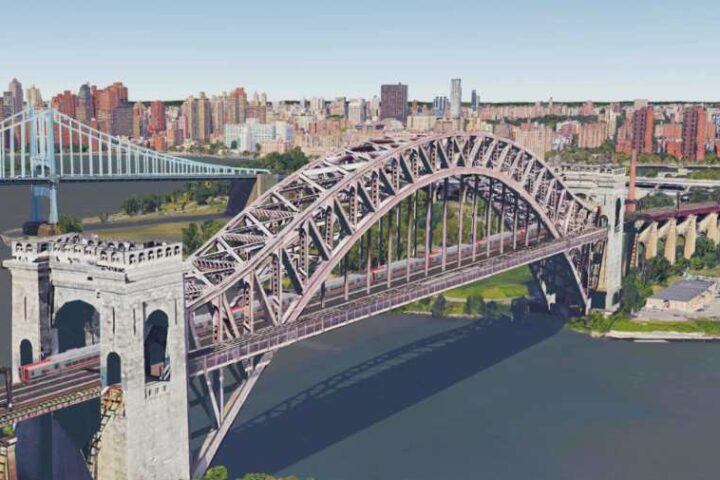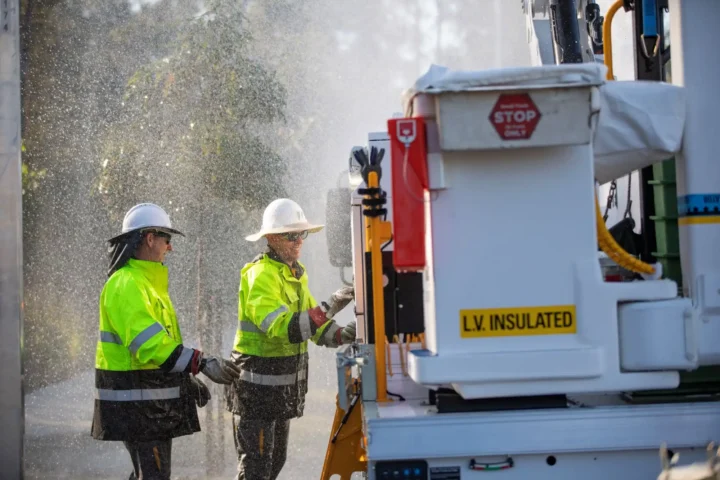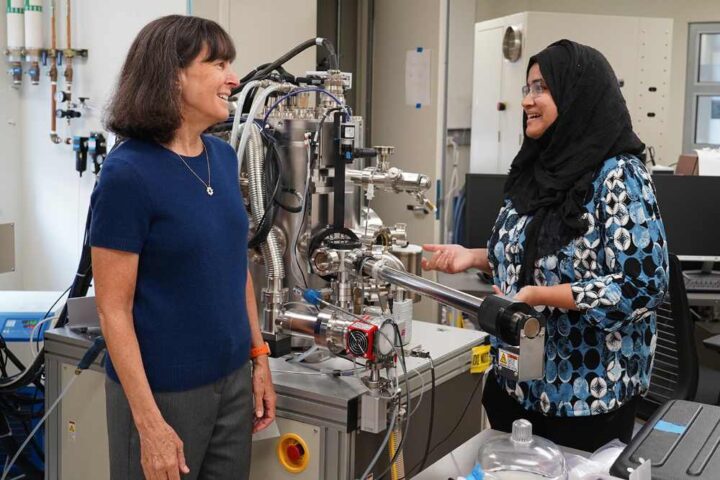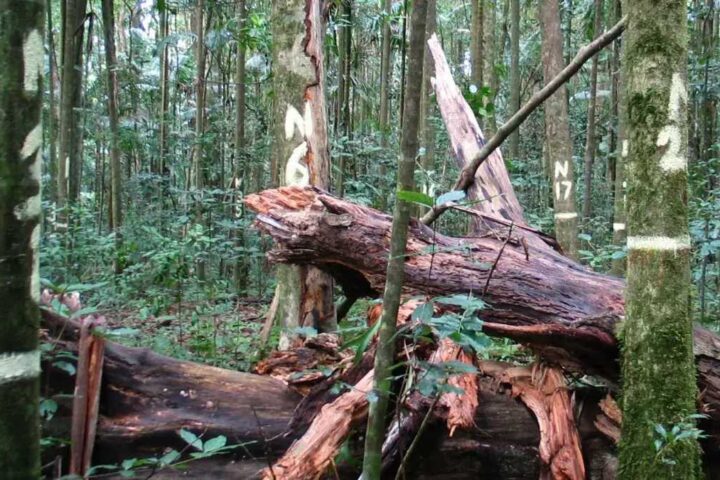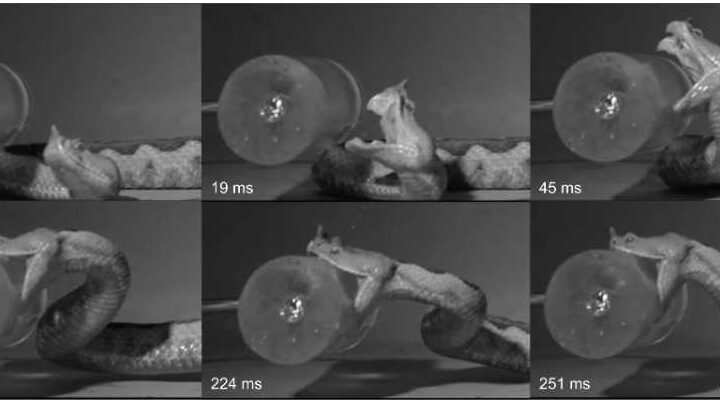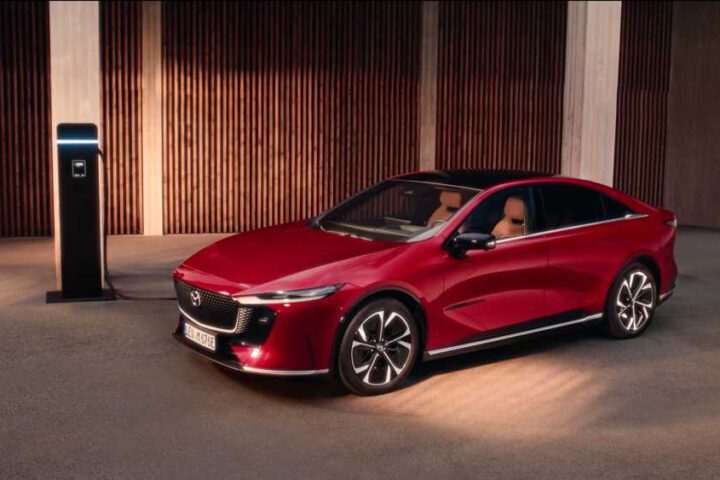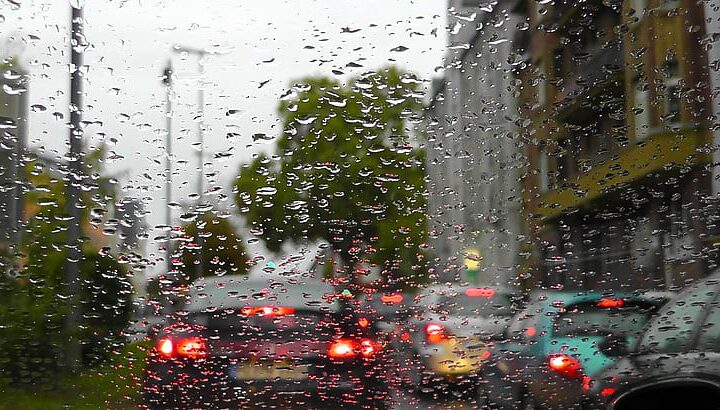The MTA‘s base subway and bus fare climbs to $3.00 on January 4, 2026, while bridge and tunnel tolls rise by up to 7.5%. For a typical weekday commuter, that extra dime per ride now feels like carrying an extra handful of pennies on every trip.
Across the system, express buses increase from $7.00 to $7.25 per ride with a new $67 weekly fare cap. LIRR and Metro-North passengers face proportional increases of up to 4.4%, with Connecticut riders seeing a phased 10% increase (5% in September 2025 and 5% in July 2026).
The changes arrive as the OMNY contactless payment system replaces MetroCards. Sales of new MetroCards stop December 31, 2025, though existing cards remain valid into early 2026. Unused balances can be transferred or refunded within two years post-expiration.
Commuter Cost Calculator
For rail commuters, ticket validation periods tighten significantly. Starting January 4, online-purchased tickets now auto-activate upon purchase with a four-hour validity window instead of the previous 60-day period.
“Transit makes New York City affordable,” MTA Chair Janno Lieber stated in a recent transcript, noting transit costs have risen just 16% since 2018 compared to a 68% housing increase during the same timeframe.
The MTA introduces a new “Day Pass” fare product priced at 10% less than two peak one-way trips on weekdays; weekend passes cost the equivalent of two off-peak fares. All passes remain valid until 4 a.m. the next day.
Low-income riders receive some relief through the expanded Fair Fares program, which provides 50% discounts (reducing the new fare to $1.50 per ride) and now serves over one million eligible New Yorkers. Customer service kiosks at major transit hubs now assist with Fair Fares enrollment.
The Central Business District Tolling Program, which began January 5, 2025, generated $500 million in its first year. These funds support capital projects while bridge and tunnel toll revenues secure debt and fund infrastructure upgrades including decarbonization retrofits, according to MTA bond documents.
MTA reports subway ridership increased year-over-year until now, June 2025, reaching approximately 80% of pre-pandemic levels.
Public hearings occur throughout August 2025, with a final vote expected in September. Mayor Eric Adams has publicly opposed the increase, calling it “offensive to hard-working New Yorkers” absent service improvements. Transit advocacy group Riders Alliance has planned public engagement for August in response to the proposed changes.
Commuters may submit feedback at public hearings or through the MTA’s online comment portal before implementation in January 2026.
Frequently Asked Questions
When does the new $3 fare start?
The base subway and bus fare rises to $3.00 on January 4, 2026.
How much will bridge and tunnel tolls increase?
Tolls at major crossings go up by about 7.5%.
What happens to MetroCards?
MetroCard sales end December 31, 2025; existing cards work into early 2026.
What is OMNY?
OMNY is the tap-and-go payment system that replaces MetroCards.
What is the new Day Pass?
It costs 10% less than two peak one-way rides on weekdays and equals two off-peak fares on weekends; it’s valid until 4 a.m. the next day.
Who qualifies for Fair Fares?
Low-income New Yorkers get 50% off each ride; over one million are enrolled and can sign up at station kiosks.
How can I comment on the proposal?
Join one of three hybrid public hearings on August 19 or 20, or submit feedback online.
How does the $0.10 hike affect my weekly budget?
Each round trip costs an extra $0.20; over five days for 52 weeks, that’s about $52 more per year.
What changes for commuter-rail tickets?
Online tickets auto-activate when bought and expire after four hours, instead of staying valid for 60 days.
Can I get a refund on unused MetroCard balances?
Yes. You can transfer or cash out any balance within two years of your card’s last use.


